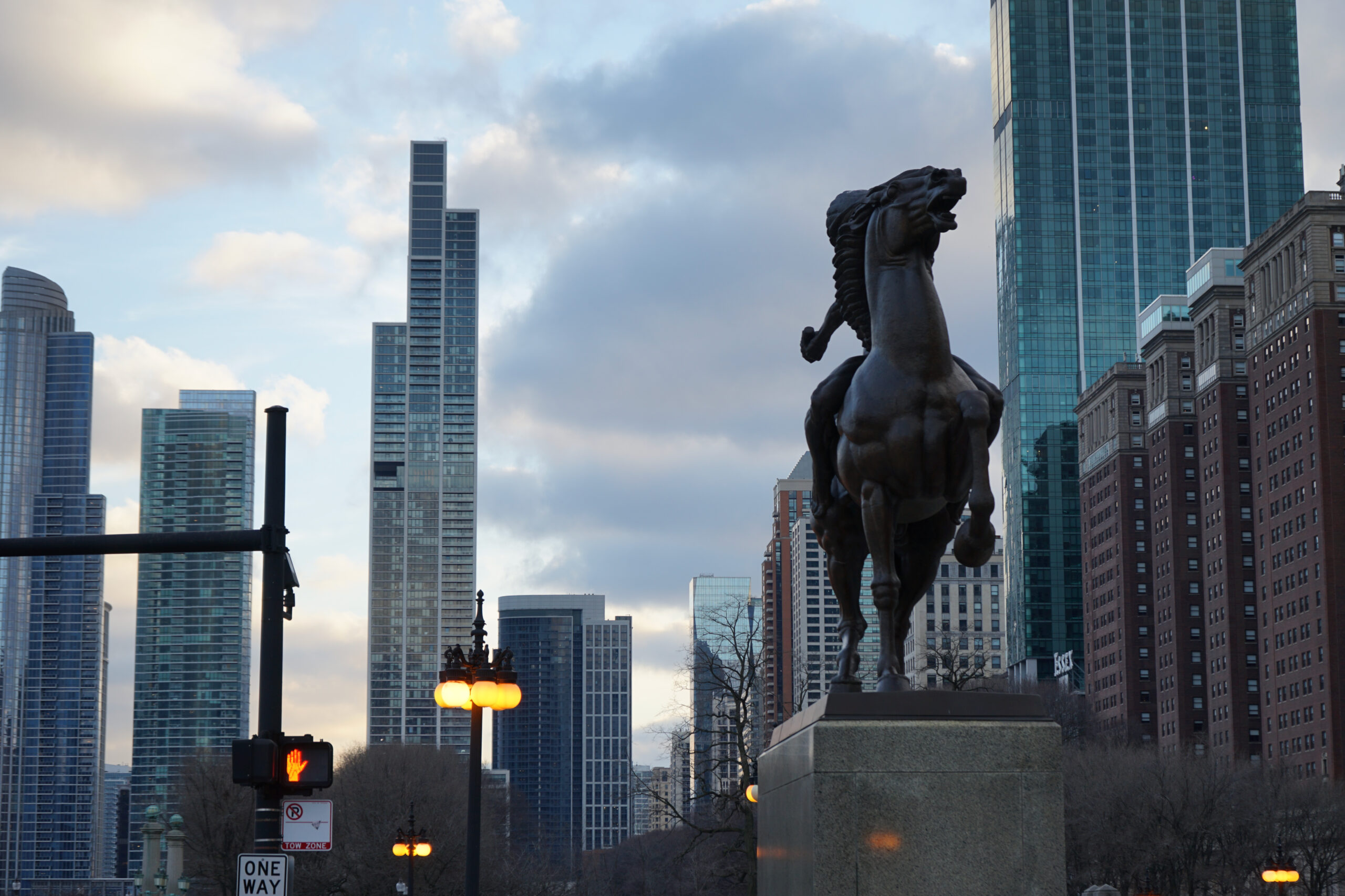If you have been exposed to any kind of martial arts, the bow is one of the most iconic gestures you will see in some form or another. It may seem like an odd ritual or some mystical exchange to those who don’t train in martial arts in the West, but in many Asian countries it is an intrinsic part of their cultures. Growing up in a Japanese household, my parents reminded me constantly about proper etiquette during social functions, and especially when to bow. It became such a habit that I still bow when meeting new people, and I have gotten more than a handful of weird looks and stares here in the States when doing so. Training in martial arts has only reinforced this habit even more, but even being part of a community where bowing is expected, it doesn’t seem many in the West fully understand what goes on in a bow, or even why we do it.
There are many reasons why we bow, but there are three primary components: acknowledgement of another individual, establishment of senior vs. junior, and showing respect and/or honor to whom you’re bowing.
- Acknowledgement
This may seem obvious, but it is a significant act to acknowledge another individual, and even more so using a motion that involves the entire body. Taking the time to bow takes more effort than waving a hand or just nodding your head; it is a conscious act that is directed (typically) to a single person and letting them know you see them. If they are so inclined (see #2 below) then they will reciprocate and acknowledge you as well. This gesture immediately begins the conversation without having any words being exchanged between two people. The bow is used when entering or exiting the dojo/dojang to acknowledge the floor as a special place meant for training, and to recognize the instructor from whom they’re receiving their training.
- Humility & Seniority
Typically, the one who initiates the bow is the one who is junior, and thus must bow lower than the one they are greeting. This may or may not be understood ahead of time, and if the one receiving felt they are the junior, then they will lower their head further. This may result in a hilarious (and a common trope) of the two individuals continually bowing to “one-up” each other in being either having the lower bow or the most bows. Those in positions of power (managers, masters, the emperor, etc.) will typically wait until their juniors have reached the lowest point of their bow before returning their own bow, although it may be little more than a couple degrees. The higher the gap in seniority, the more drastic the difference in height of their respective bows. It is almost unthinkable in the West to have such an uneven (some might say unfair) power dynamic just from a greeting, but this dynamic is important to establish a hierarchy. This is why many martial arts systems still incorporate the bow in classes and events to teach humility to the junior belts while reminding the seniors of their responsibility as leaders and mentors.
- Respect
When asked why we bow in martial arts, one of the most common explanations is to “show respect”, and they’re not wrong! In fact, the command “to bow” is 礼 or “Rei” in Japanese which means “respect”, and in Korean, the command is 敬礼 or “kyung-yet” or “gyeonglye” (depending on what transliteration software you use) which means “showing respect”. It wasn’t until recently that I learned what the “kyung” part of the command meant, but now that I know it makes so much sense. While “showing respect” might be a decent enough translation, other translations will use “salute” instead for 敬礼, which may convey a bit more of the importance of the bow. A more literal translation of the phrase would be “respectfully and carefully show your respect”. Bowing is more than saying, “hello!”. It is showing your utmost respect and valuing their impact on your life.
Next time you find yourself either in class or at a martial arts function and you find yourself bowing, think about why exactly you are bowing and to whom. Bowing doesn’t have to be a strictly mechanical and rehearsed formality that we perform because we “have to”. Look at each one you bow to, no matter how young or old, how junior or senior they are to you, and take the time to appreciate and respect their gesture and return it in kind. The bow is important not because it came from Asia or that it holds any mystical power, but because it acknowledges the value in every human being, including yourself.
Ogawa, Nishida, Akatzuka et al. Shinjigen (新字源) 1967, 2018
Shiragawa, Shizuka Jitou (字統) 2017




